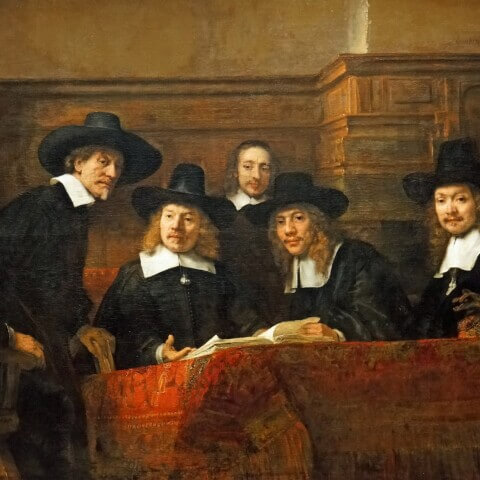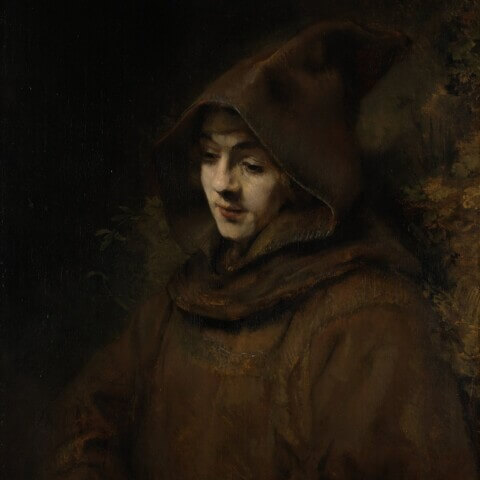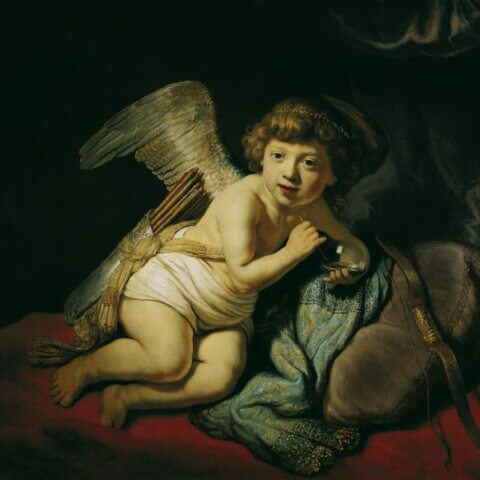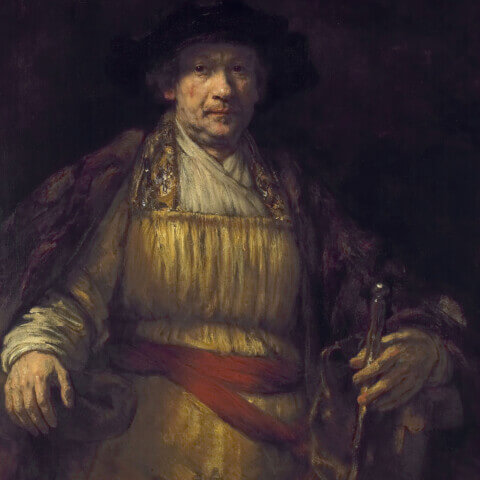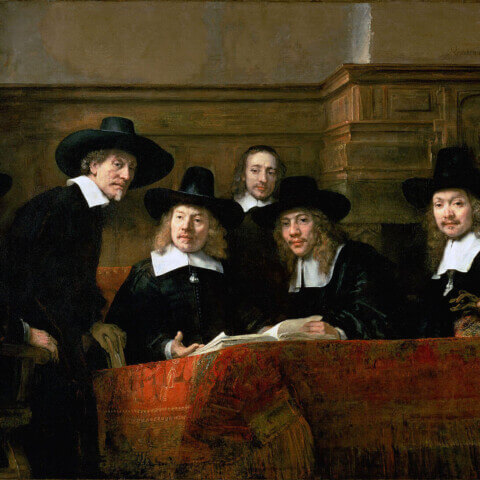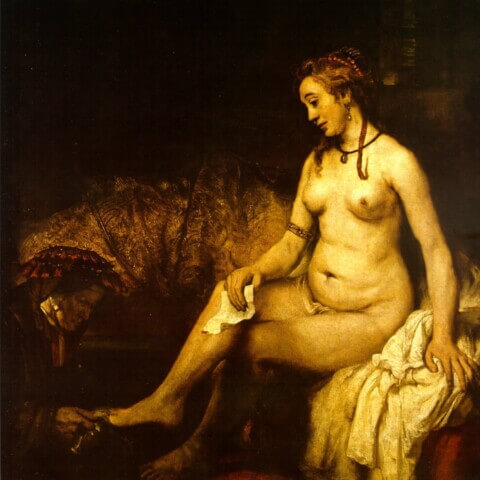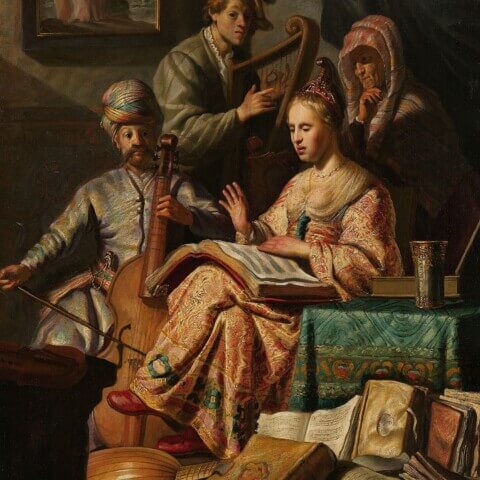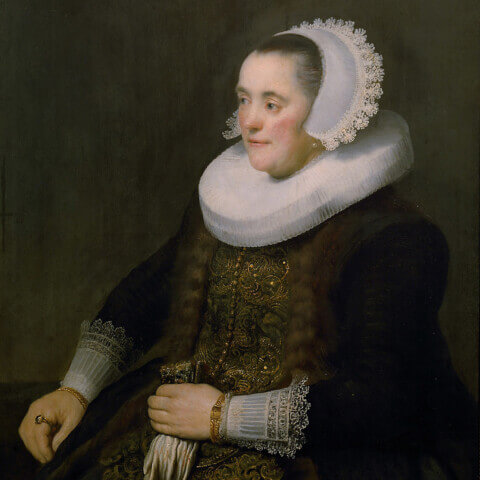Rembrandt van Rijn
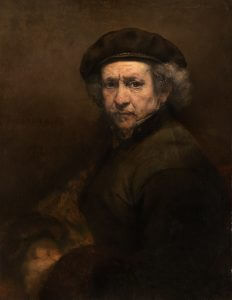
Rembrandt Harmenszoon van Rijn, known simply as Rembrandt, was a celebrated Dutch painter and etcher. He was born on July 15, 1606, in Leiden, in the Dutch Republic (now the Netherlands), and died on October 4, 1669, in Amsterdam. He is widely regarded as one of the greatest visual artists in the history of art and a pivotal figure in the Dutch Golden Age.
Rembrandt’s artistry spanned a wide array of genres, but he is particularly renowned for his portraits and his innovative use of light and shadow, a technique known as chiaroscuro. His body of work, which encompasses around 300 paintings, 300 etchings, and 2,000 drawings, is characterized by his innovative and evocative visual narratives, profound psychological insight, and empathetic depiction of the human condition.
His seminal works, such as “The Night Watch,” “Self-Portrait with Two Circles,” “The Jewish Bride,” and a series of profound self-portraits, depict an evocative blend of realism and dramatic intensity, resulting in a deeply humanistic art. Rembrandt’s ability to portray human emotions and the human condition with such honesty has imbued his work with a timeless quality, contributing to his enduring fame and influence in the world of art.

